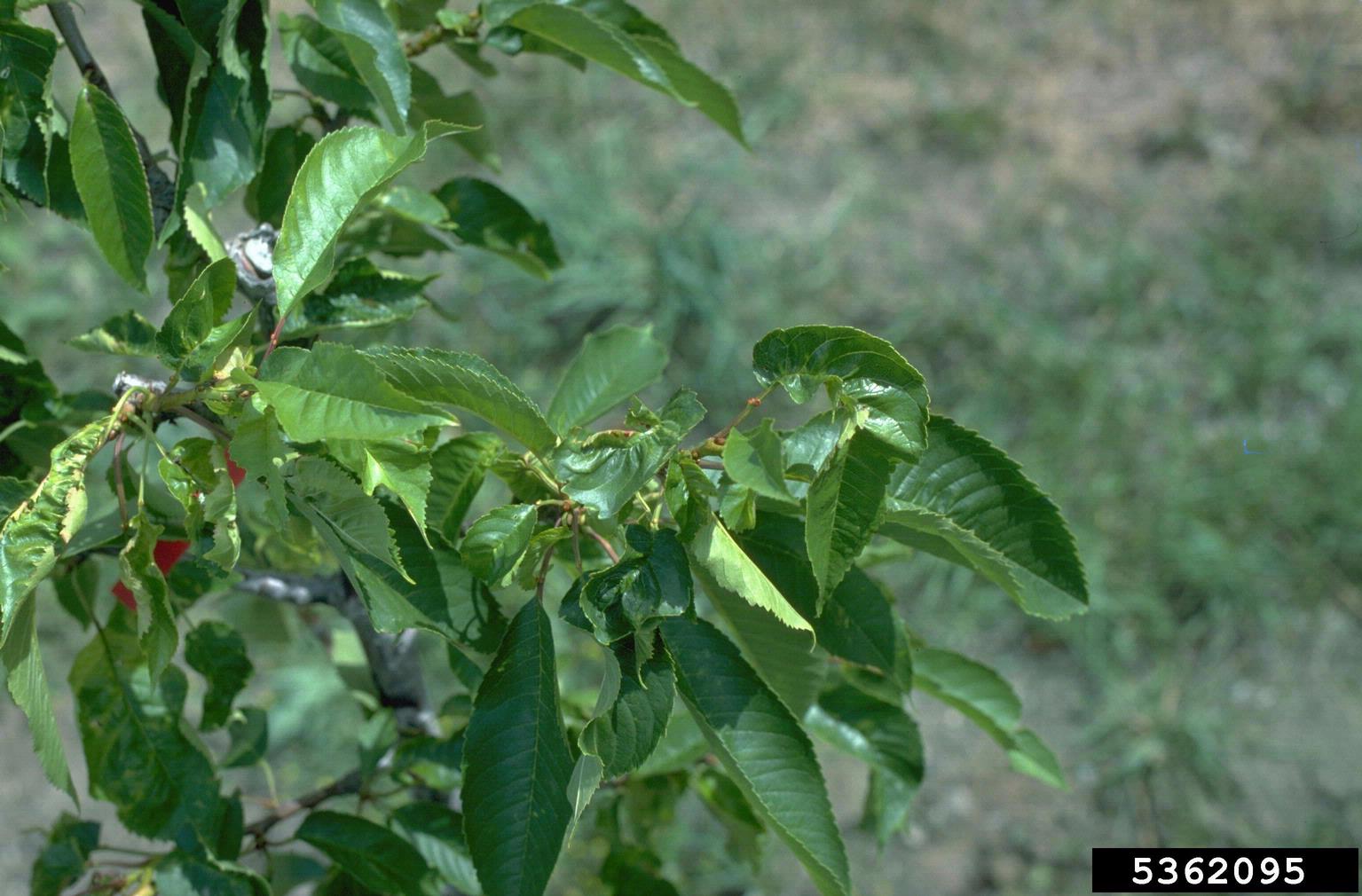Cherry Leaf Roll Control – Tips For Treating Cherry Leaf Roll Virus


Just because cherry leaf roll disease has the name ‘cherry’ in it doesn't mean that it’s the only plant affected. In fact, the virus has a wide host range but was first discovered on a sweet cherry tree in England.
The virus can affect more than 36 plant families, and cherry leaf roll symptoms and damage is different per group. Get some tips on recognizing and treating cherry leaf roll here.
What is Cherry Leaf Roll?
Cherry leaf roll virus differs by species in how they’re transmitted. For instance, birch and walnut trees may be infected through pollen whereas many other plants get the virus through infected seed. It first occurred in North America but is now widespread throughout the world. It can occur on ornamentals, weeds, trees, and cultivated crops. Cherry leaf roll control is difficult, and gardeners should focus on prevention.
This virus affects many different species of plants. It has also been named elm mosaic and walnut leaf roll. In sweet cherry plants, the disease causes a decline in plant health and, therefore, crop loss. In walnut trees, it causes fatal necrosis.
It is transmitted by pollen, seed, or occasionally grafting. There are at least nine strains of the disease, each with different symptoms and severity. In a few species, such as rhubarb, the disease is symptomless.
Cherry Leaf Roll Symptoms
As the name implies, in cherries the leaves will roll. They may also get necrotic flowers and, in the worst cases, the decline of the tree is so severe it will die. Other symptoms on common shrubs/trees include:
- Bramble, black elder,floweringdogwood, silverbirch – Chlorotic ring spot, yellow veins, leaf patterns
- English walnut – Terminal shoots die back, black line, leaf patterns
- Wild potato – Necrotic leaf lesions, chlorosis
- Americanelm – Chlorotic mosaic, ring pattern, die back
- Nasturtium – Necrotic veins
Some of the species that are asymptomatic include:
Sign up for the Gardening Know How newsletter today and receive a free copy of our e-book "How to Grow Delicious Tomatoes".
Treating Cherry Leaf Roll
Unfortunately, there is no recommended cherry leaf roll control. Once the virus has been transmitted, it is part of the physiology of the plant. Source plants from reputable breeders. If you plan to graft, sanitize your tools.
If you suspect your plant has the virus, baby it and it might pull through. Keep it well watered, fed, and remove dying terminal tips or rolled leaves, as they will not recover.
Where a plant is severely affected, it should be removed, especially in orchard situations.

Bonnie Grant is a professional landscaper with a Certification in Urban Gardening. She has been gardening and writing for 15 years. A former professional chef, she has a passion for edible landscaping.